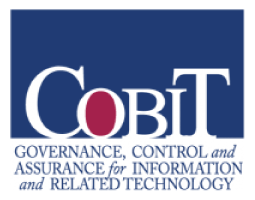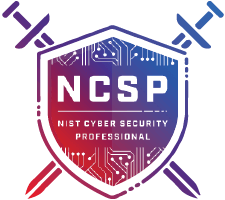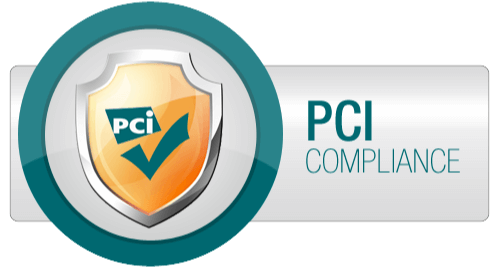As the role and function of schools continue to change, so do duties and responsibilities of educators. Educators are often asked to help students succeed amid challenges including growing class sizes, new tests, new rules and new evaluation measures.
Educators must choose appropriate resources to help prepare for the challenges they will face during their career. Effective professional development provides educators training in meaningful and important aspects of their job. Through active engagement in professional development educators improve the quality of classroom instruction, grow professionally and strengthen their practice.
Professional development sometimes carries a stigma. It is viewed as inconvenient, not comprehensive enough and often ineffective. Indeed much of the professional development in education has been deemed costly and ineffective. Single-day professional development opportunities limit the ability of educators to ask important follow-up questions, access knowledge banks after sessions or learn in-depth strategies and skills that take time to master.
Unlike traditional professional development, self-directed professional development opens learning possibilities for educators in any place and at any time. It allows educators to acquire a wide variety of skills and gain access to training outside the classroom at their own pace.
Why is self-directed Professional Development important?
- Educators gain access to quality instructional materials, similar to receiving training from master teachers or high-quality instructional coaches. Video modeling is particularly effective in this professional development model.
- Educators can review difficult concepts without fear of running out of time or not grasping complicated concepts.
- Related service providers, who often don’t have access to classroom educator professional development, can discover new and inventive ways to help students with special or social/behavioral needs. This comes in handy for those who implement behavioral intervention plans or serve students with Individualized Education Programs.
- Self-directed PD can solve challenges associated with integrated co-teaching. Teachers can learn highly effective techniques and use them to strengthen classrooms where students with special needs learn alongside general education students.
- Teaching assistants can access professional development as they are often excluded from professional development provided to credentialed staff but are pivotal in supporting students with disabilities.
Time is a valuable commodity for educators. Self-directed PD may just part of the answer. When progress is measurable and professional development produces effective outcomes, it is meaningful.




